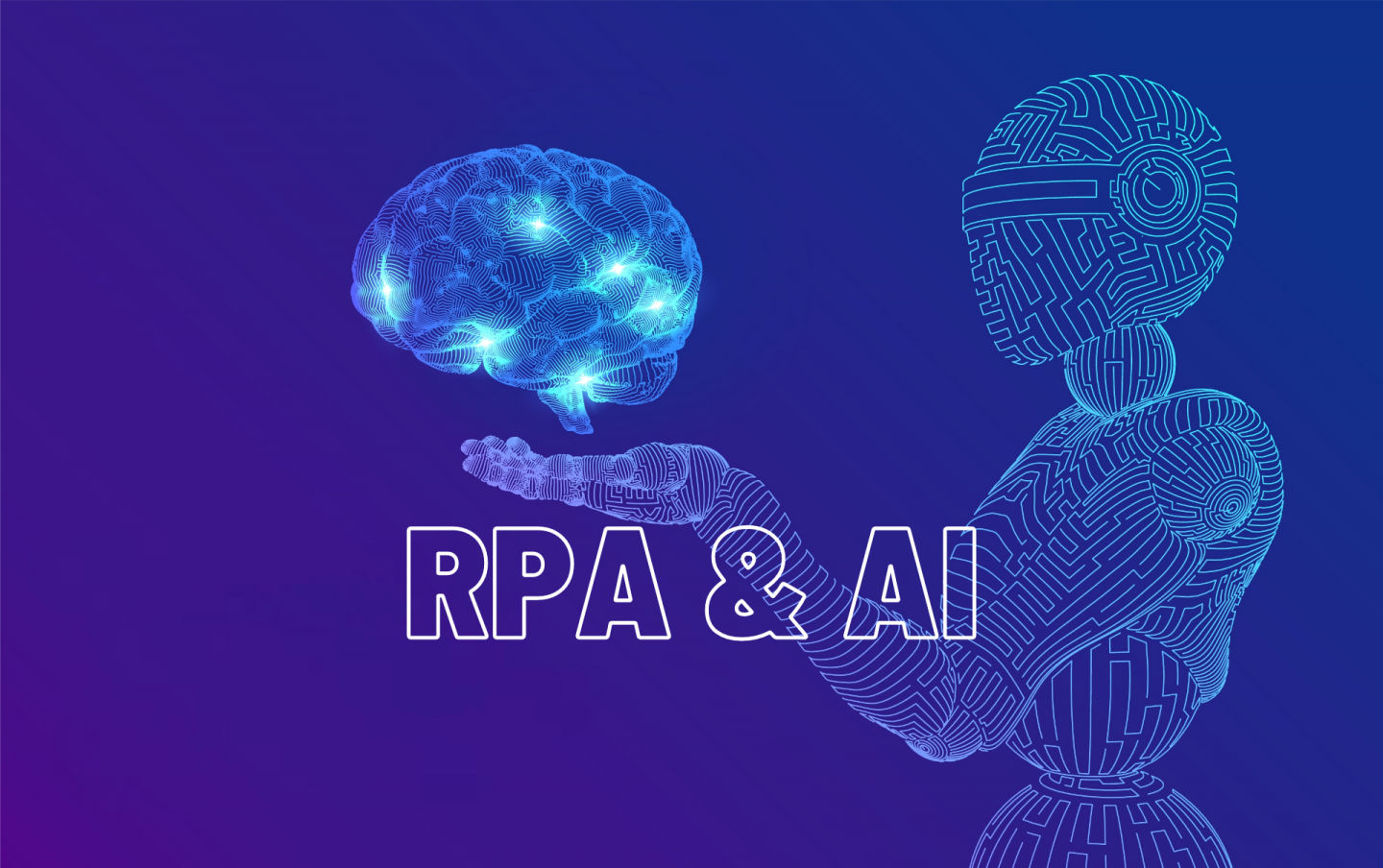RPA & AI can make a perfect pair making business processes for automation.
Robotic Process Automation (RPA) is a technology adopted widely in recent years by several businesses. In the projects, those who were responsible for the tasks started easily, had excellent results with little efforts utter "quick wins." There is a considerable high demand for the RPA in the years ahead, according to Gartner.
On the other hand, after a while companies start experiencing difficulties in finding the right processes for automation using RPA. At some point, technology appears to reach its technical and economic limits due to the increasing unstructured data.
What are the strengths of Robotic process automation (RPA)?
One very good thing is that RPA, based on rules the technology processes structured data fast, consistently, and accurately. A special benefit of RPA is that deep integration into multiple systems is not required. Yet it operates user or desktop interfaces of the respective applications. Various systems can be connected quickly. RPA is referred to as a bridge technology because RPA functions like the human there is no need to run system tests.
Many processes can be automated with RPA reducing cost and without changing or replacing existing applications. RPA is used, among other things, for repeated data entry functions as well as for downloads and uploads in the Enterprise Resource Planning (ERP) area. All this makes RPA a key application in the transformation of the information and process infrastructure into a digital world.
What does RPA required to be in function?
- The maximum frequency of cases possible- To achieve a high ROI (return on investment) for companies the number of customers transactions should be relatively high.
- Rule-based processes- Bot cannot decide based on the feeling. It requires a set of rules under which they operate.
- Structured data- RPA bots are designed in such a way that it requires structure data to work. The problems happen when data provided is not available in the structured format that is needed for RPA. For example, consider communicating with customers. The technology cannot do anything with an e-mail - unstructured communication content that means the data must first be viewed, evaluated, and put into a structured form.
When RPA is weak, AI takes over?
It functions like this: Before certain data is transferred to the RPA (or the RPA provider), you first get to an AI application (or the AI provider).
The following steps are taken in the process of input management by AI:
Categorization- What is an incoming data set? A complaint, an order, a change request? AI identifies the "problem".
Extraction- The AI then transfers the corresponding data to a system so that it can be processed further and used later.
Enhancement- AI dynamically enhances the process using additional information from existing systems.
Validation: AI also checks whether all information is valid. An employee can interfere and bridge the gap in technology between them.
Now the well-structured data is then sent to a bot via XML, CSV file, or web service, taking it further for automation of the process. The additional integration of AI has three advantages for companies.
AI provides extended input. The technology makes unstructured input available for existing RPA processes, for example in the case of bank data changes.
AI builds bridges to processes that consist entirely of unstructured data. Example creation of certificates based on longer texts such processes cannot be handled by the RPA. Other examples are contract data where longer contracts have to be viewed and read. This cannot be addressed by RPA. AI allows these processes to be enabled to RPA.
AI supports the partial automation of processes, also known as robotic desktop automation there must be involvement of human for reason. Here, AI can also extract the data to make it more accessible to the people. He then receives the ultimate extraction. Well-known examples are lawsuits and contracts.
Is it easy? yes, it is in making a positive combination between RPA & AI. It is always worth investing in RPA. Existing system landscapes can be retained. AI works flexibly and processes can be further improved in a targeted manner. A perfect combination! for process automation.
You can find more about RPA, AI, and other technologies by clicking here


